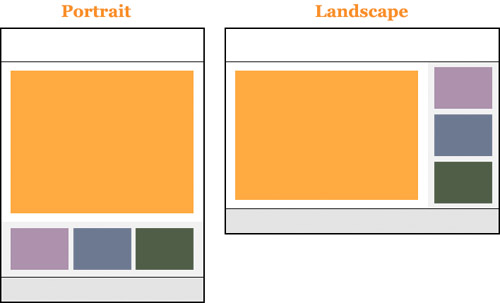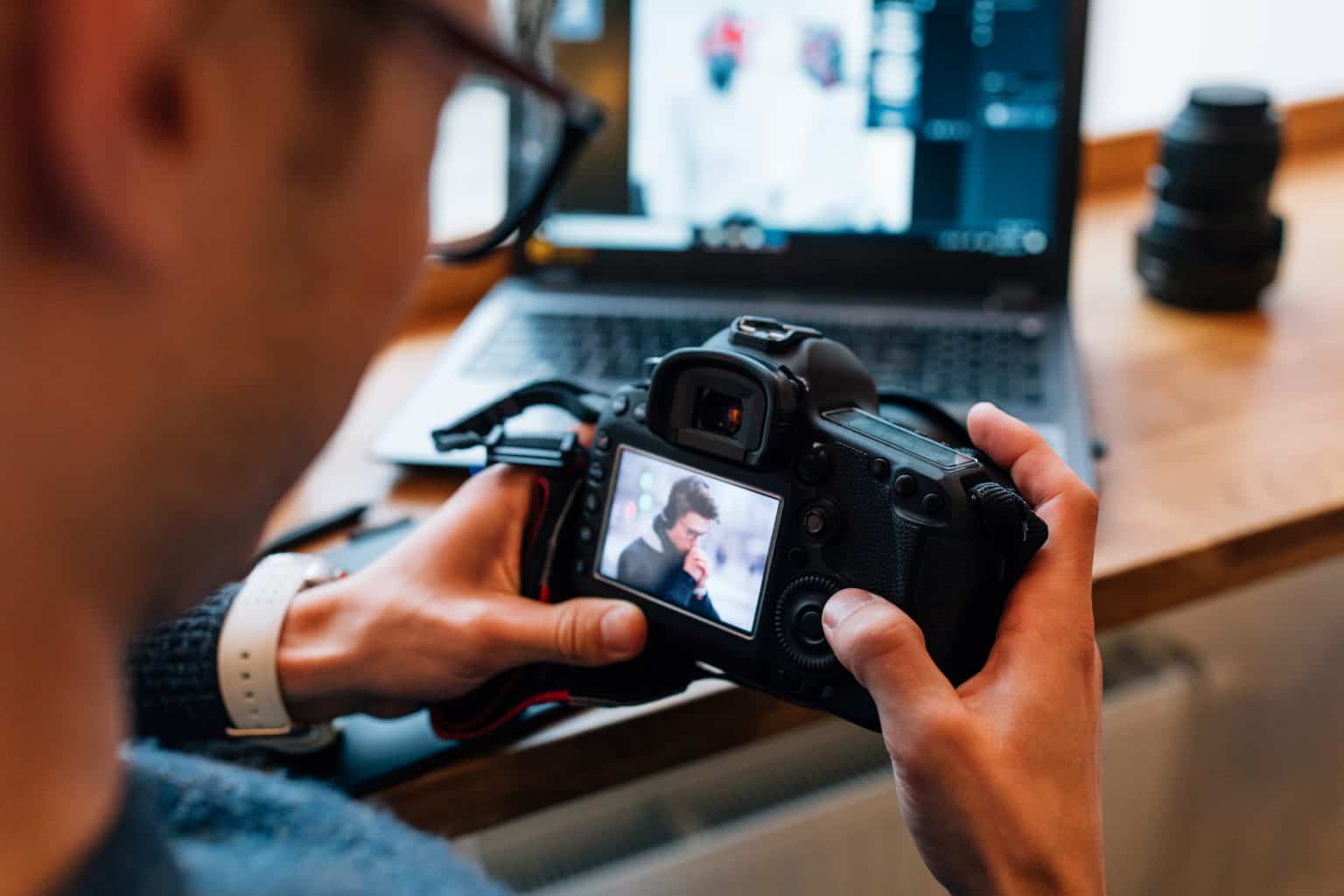

A tall narrow subject in a portrait format creates a powerful vertical leading line. Therefore, you should place the focal point in an appealing position to the viewer. The portrait orientation focuses on a subject and makes it the star of the composition by default. On the other side, when the camera-subject distance is short, macro lenses or a shallow depth of field will make the subject stand out and fill the frame. Especially when the camera-subject distance is long, wide-angle lenses or a deep depth of field will help you. Your composition should offer a 3D perspective, allowing the viewer to feel the distance between elements, perceive contrast, and see all the details.

For example, you may add a sense of depth by using leading lines, placing an object in the foreground, or using side lighting for your scene. As a result, the viewer feels far away from the subject and you need to find a compositional way to make them feel included. It seems a composition covers more space when you use the landscape orientation. Use the width of the frame to reveal the subject’s best feature – Photo by Mihály Köles on Unsplash place the camera parallel to your subject). textures, shapes) should be prioritized the largest part of the subject should be exposed (e.g. For example, reflections and symmetries should have a horizontal axis the subjects should have more space in front of them than behind horizontal features of all kinds (e.g. Other elements should have a horizontal orientation as well. landscape photos), a strong horizontal leading line, you need to make sure you place the focal point and the narrative of your photo across the viewer’s visual path. Especially if your scenery includes the horizon (e.g. The landscape orientation is more likely to make the viewer pass through the photo from left to right. However, the orientation of the camera influences the balance of composition and requests special attention. The rules of composition apply the same whether you choose the portrait or landscape format. The Effects of Landscape vs Portrait Orientation on Composition The second one is mostly contemplative, usually has just one character, and invites to reverie and inner thoughts. The first one has a strong narrative line, multiple characters, and a plot. The effects of landscape vs portrait orientation on framing are the effects of a novel vs poetry approach in literature. Nothing else seems to exist in this world – Photo by Sam Burriss on Unsplash The focus is almost entirely on the subject and you don’t care so much about the background.Ī road leads to a home. The portrait format usually works better with a single vertical subject and leaves less space for context. It allows you to include in the frame tall thin subjects and offers a narrower perspective. The portrait format on the other hand is taller than it is wide and provides more space above and below the subject. When you use the landscape orientation you want to have an interesting background that adds value to your photo.

At the same time, it covers elements situated on the right or left from your subject, which usually provides more context, multiple subjects, or negative space. It allows you to include in the frame wide short subjects without cutting them awkwardly at the edge. The landscape format is wider than it is tall and provides more space on the sides. The simple 90-degree rotation of the camera decides which elements enter the frame and which don’t. The way you hold the camera changes completely the framing of your photos. The Effects of Landscape vs Portrait Orientation on Framing But which one is better from an aesthetic point of view and also from a storytelling point of view?ĭoes the landscape vs portrait orientation battle change the composition or the message you want to convey? Here are the answers to all your questions. In fact, it’s one of the first decisions you make when seeing the scenery. However, as a photographer, you make this decision long before pressing the shutter release button.ĭownload our free eBook: 25 Techniques All Photographers Should Master There is a story here that starts with the broken fence and ends in the sunset – Photo by Timothy Eberly on Unsplash When you choose the other way around, the photograph has a portrait orientation. When you choose the horizontal position, the photograph has a landscape orientation. It has one side longer than the other and you have two display options: with the wider side on the bottom (horizontal) or with the narrower side on the bottom (vertical). Most of the time, a photo is a rectangular print you hang on the walls or put in an album.


 0 kommentar(er)
0 kommentar(er)
